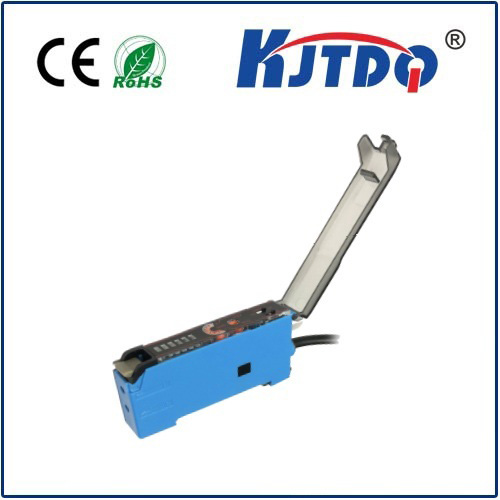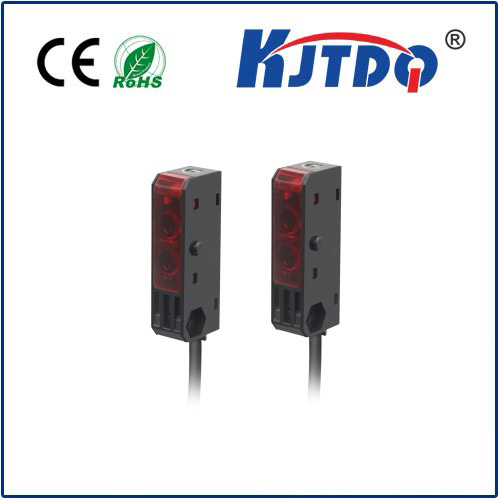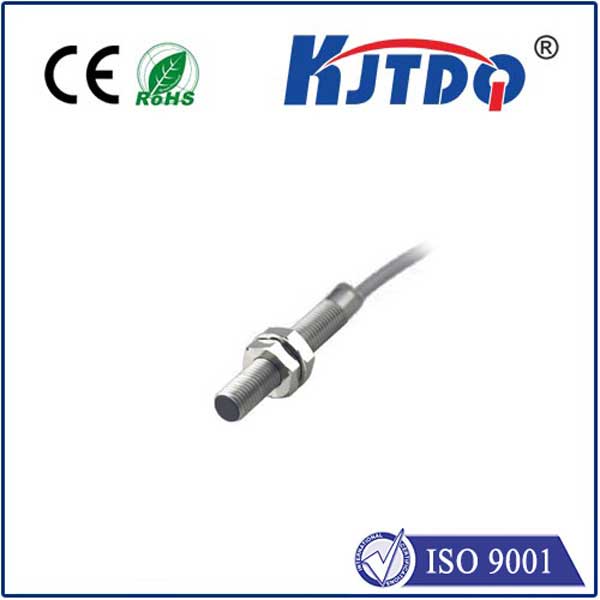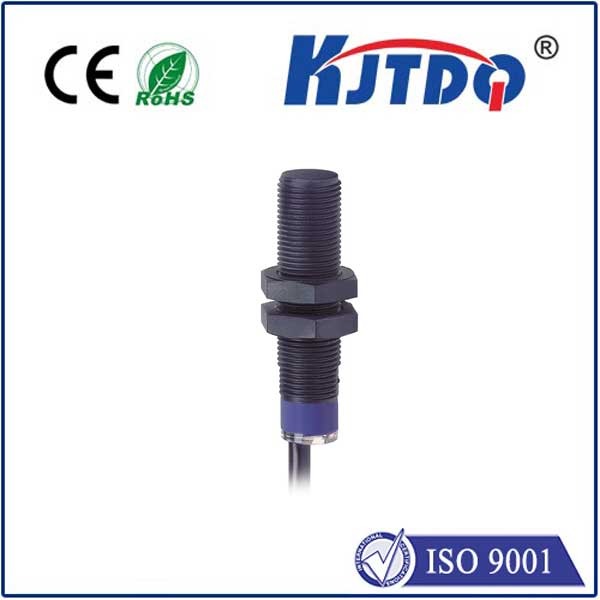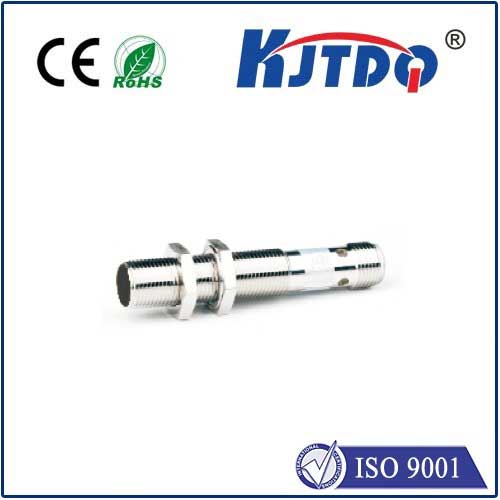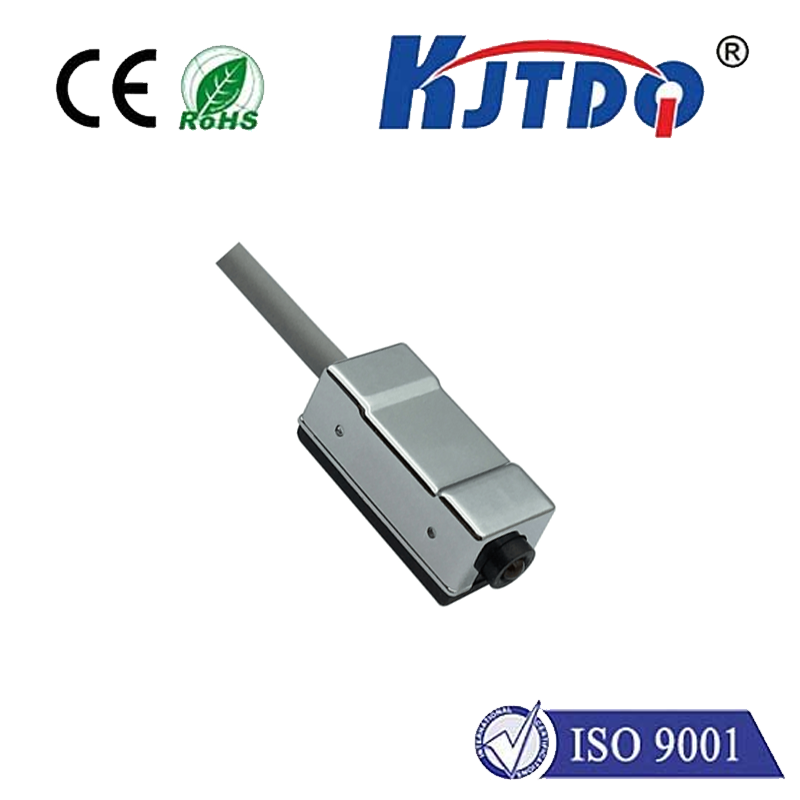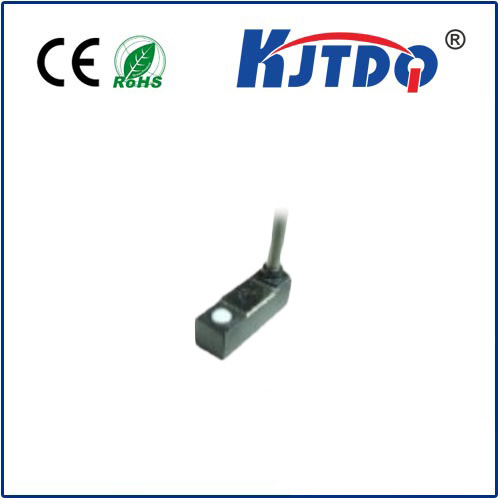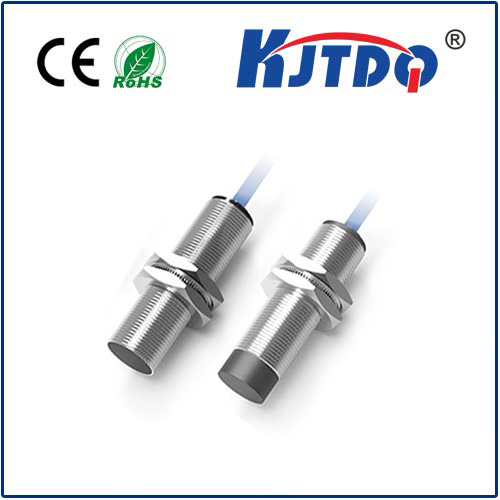

check

check

check

check

check

check

check

check

check

check
Pneumatic proximity switches are an essential component in industrial automation systems, particularly in applications that require precise control and monitoring of machinery. These switches work based on the principle of air pressure, making them highly reliable and efficient. This article will delve into the significance of pneumatic proximity switches, their functions, and various industries where they are commonly utilized.
The Significance of Pneumatic Proximity Switches in Industrial Automation
Pneumatic proximity switches play a critical role in ensuring safety and efficiency in industrial processes. They are designed to detect the presence or absence of a person or object within a designated area, typically with a distance range specified by the manufacturer. By monitoring the space between the switch and the object, these switches can trigger an alarm or stop the machinery to prevent accidents or damage.
In addition to safety considerations, pneumatic proximity switches also contribute to improved productivity and cost-effectiveness in industrial automation. By providing real-time feedback on machine performance and identifying potential issues before they escalate, these switches help operators make informed decisions and maintain peak operating conditions. This leads to increased output, reduced downtime, and lowered maintenance costs over time.
Functions of Pneumatic Proximity Switches
Pneumatic proximity switches come in various configurations, each tailored to specific application requirements. Some common types include:
1. Air-powered proximity switches: These rely on the movement of air to determine the presence or absence of an object. They are simple and inexpensive but may not be suitable for applications with strong magnetic fields or high levels of noise pollution.
2. Solenoid-operated proximity switches: These use a solenoid to activate a relay or other electrical component when the switch is triggered. They offer greater precision than air-powered switches but can be more expensive.
3. Photoelectric proximity switches: These use light beams to detect the presence or absence of an object, making them ideal for applications where visibility is crucial. They are often used in conjunction with air-powered or solenoid-operated switches for enhanced reliability.
Applications of Pneumatic Proximity Switches in Various Industries
Pneumatic proximity switches have broad applications in numerous industries, including:
1. Manufacturing: In assembly lines and packaging operations, pneumatic proximity switches are used to monitor the movement of personnel and equipment, ensuring compliance with safety regulations and optimizing production processes.
2. Material handling: In warehouses and loading/unloading areas, these switches assist with inventory control by detecting the presence or absence of items being moved. They can also help prevent collisions between machines and personnel.
3. Mining: In underground mines, pneumatic proximity switches are used to locate trapped miners and prevent unauthorized access to hazardous areas. They can also be employed in mining equipment to ensure safe operation and reduce downtime.
4. Food processing: In food manufacturing facilities, pneumatic proximity switches are used to monitor cleanliness levels and ensure compliance with hygiene standards during cleaning operations. They can also help detect pests or other contaminants that may pose health risks.
Conclusion
Pneumatic proximity switches play a critical role in industrial automation, providing valuable insights into machine performance and improving safety and efficiency across various industries. By understanding the functions and applications of these switches, operators and engineers can optimize their systems for maximum output while minimizing risk. As technology continues to advance, it is likely that pneumatic proximity switches will become even more sophisticated and versatile, further enhancing their impact on industrial automation.
